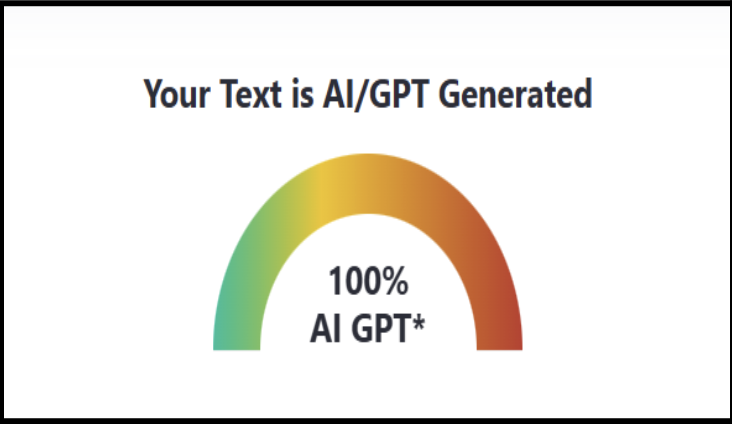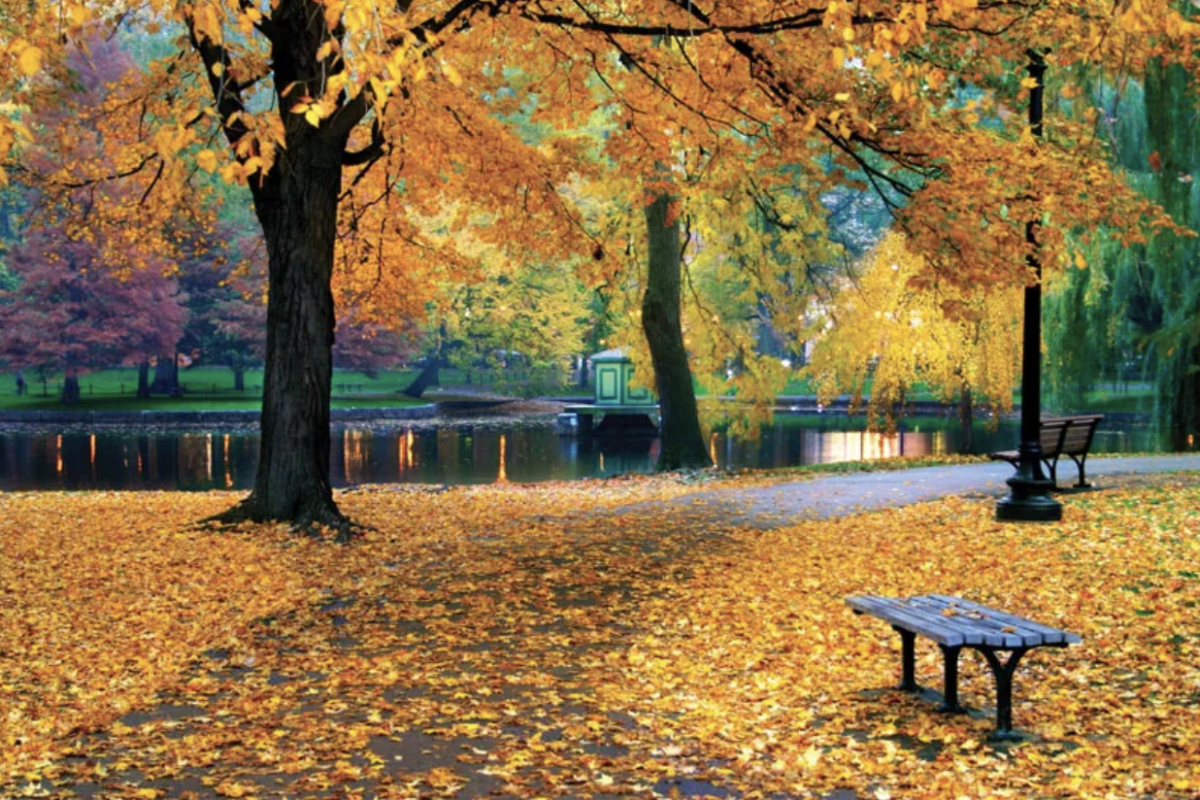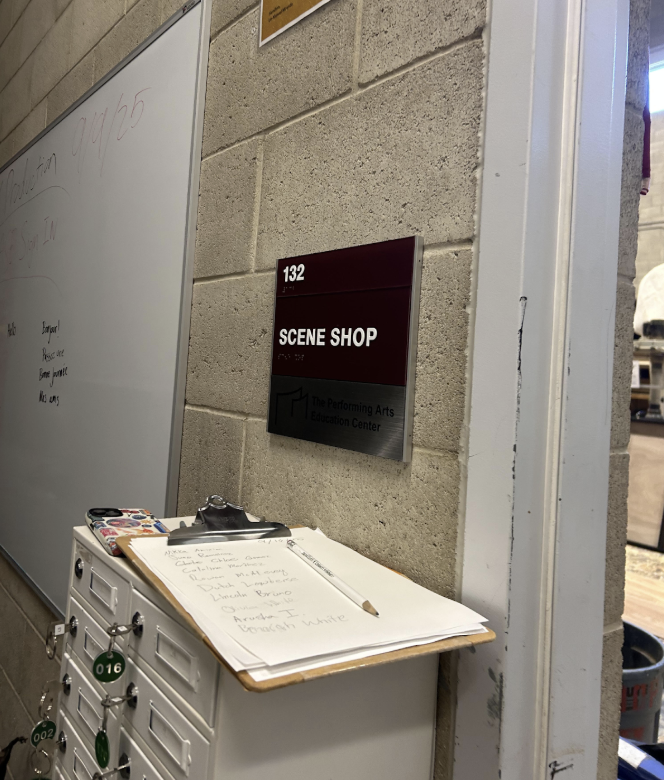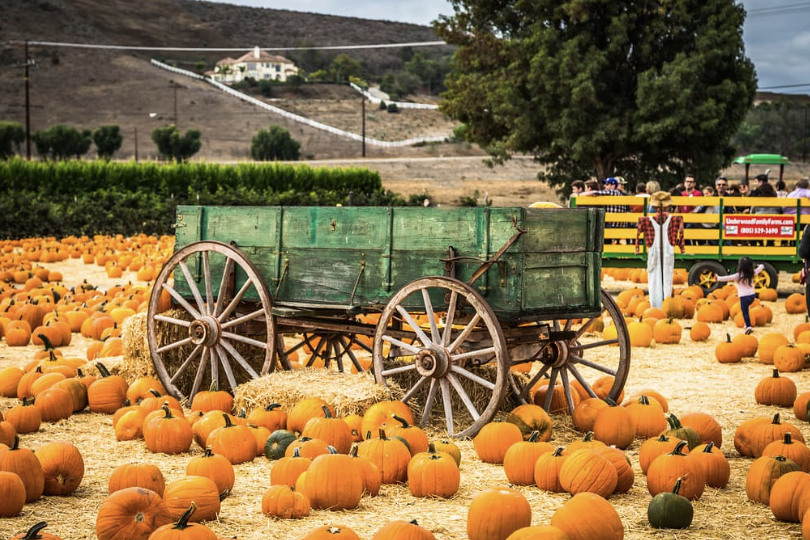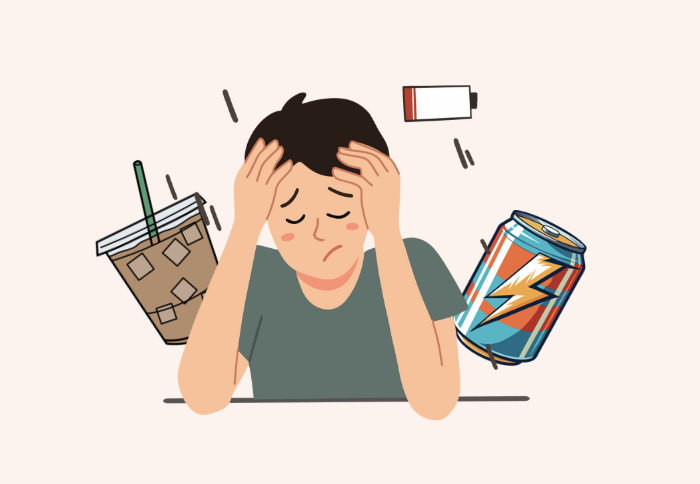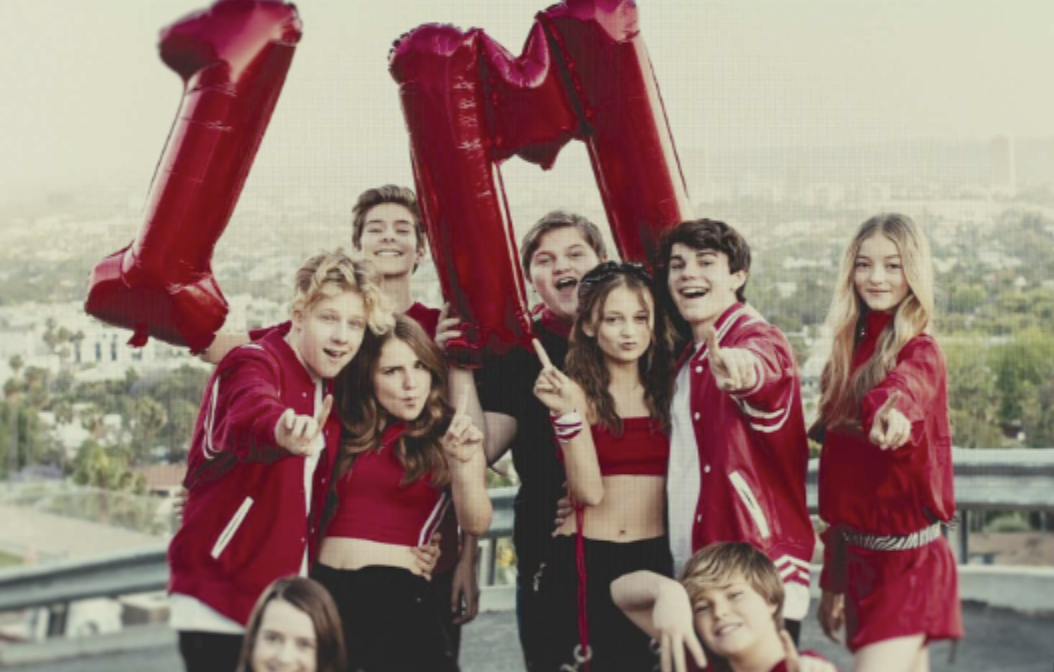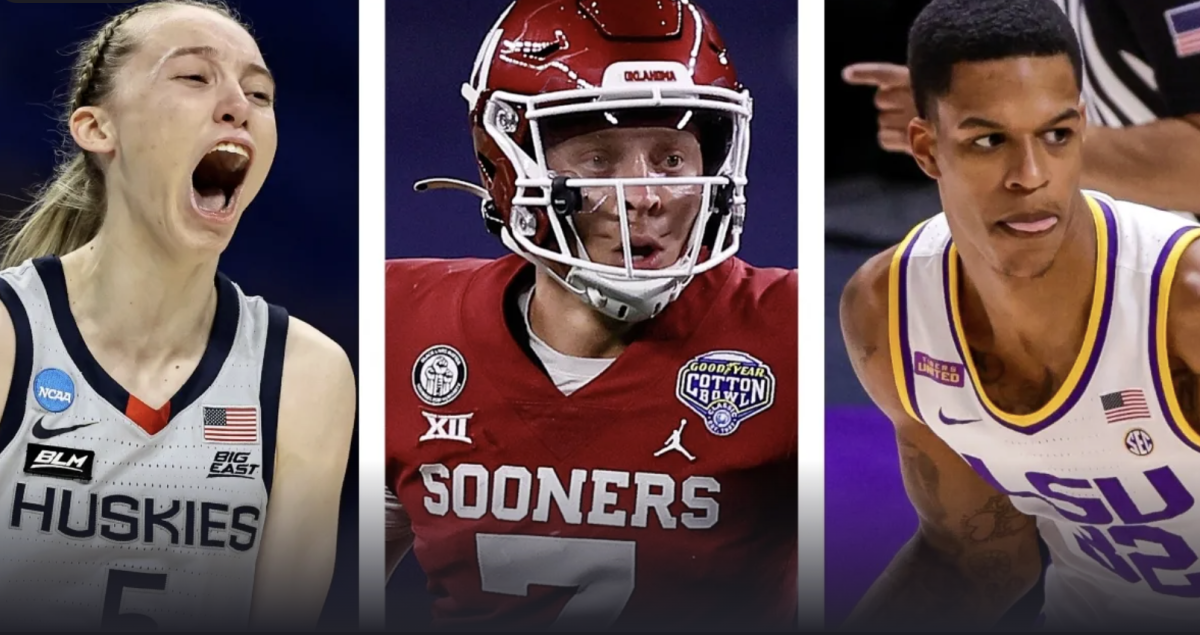 Over the past several decades, a controversial art form known as “street art” has gained popularity throughoutLos Angeles. Street artists use urban streets, walls and other public spaces as their canvases to display imaginative works of art in a variety of mediums. These works have come to define the diversity ofL.A.people and their culture.
Over the past several decades, a controversial art form known as “street art” has gained popularity throughoutLos Angeles. Street artists use urban streets, walls and other public spaces as their canvases to display imaginative works of art in a variety of mediums. These works have come to define the diversity ofL.A.people and their culture.
Refusing to differentiate between art and graffiti, the L.A. City Council has banned street art for the last 10 years. As a result, hundreds of spray paintings and murals have been wide. Fairy’s brand encourages individuals to take action against the violence, corruption and oppression afflictingL.A.
Another prominent street artist known as Banksy has created works on public spaces throughoutL.A.that take a stance on controversial issues and draw attention to political and social ills. In one of his works, Banksy depicts a young boy holding a machine gun to express disgust with violence and desensitization in modern society. Banksy seeks to make a strong impression on theL.A.citizens with his shocking and controversial designs and hopes to inspire people to reform their society. Without street art, the inspired voices of artists such as these would never be heard.
Many murals inL.A.also removed. However, due to the collective efforts of many prominent street artists and celebrities, the city council has redrafted the ordinance prohibiting street art. The legalization of street art is an essential development for the city as this unique art form represents an important aspect ofL.A.history and culture.
Street art throughoutL.A.serves as a crucial forum for the discussion of political and social problems plaguing the city. It gives artists a means of expressing frustration with 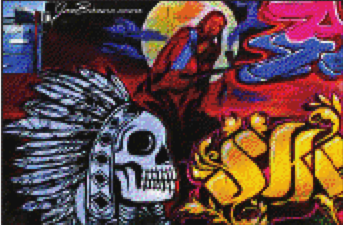 the government or society and showcasing a desire to bring about change. For example, the L.A.-based street artist Shepard Fairy encourages social defiance with his “Obey” posters that can be seen in urban settings world seek to create a more aesthetically pleasing atmosphere. The “Only Time Will Tell” mural, painted by some of the most influential street artists in the world, Revok and Vans the Omega, celebrates worldwide artists dedicated to improving urban settings. By creating inspiring designs and messages and beautifying the run-down areas ofL.A., street artists seek to inspire younger generations to take pride in their community and themselves. Recently, high schools inL.A.’s inner city have held mural design contests in an effort to ameliorate Skid Row and keep at-risk youth interested in the arts and community. By involving students in charity and the arts, high schools are encouraging them to take positive action in the world and have pride in their surroundings and abilities.
the government or society and showcasing a desire to bring about change. For example, the L.A.-based street artist Shepard Fairy encourages social defiance with his “Obey” posters that can be seen in urban settings world seek to create a more aesthetically pleasing atmosphere. The “Only Time Will Tell” mural, painted by some of the most influential street artists in the world, Revok and Vans the Omega, celebrates worldwide artists dedicated to improving urban settings. By creating inspiring designs and messages and beautifying the run-down areas ofL.A., street artists seek to inspire younger generations to take pride in their community and themselves. Recently, high schools inL.A.’s inner city have held mural design contests in an effort to ameliorate Skid Row and keep at-risk youth interested in the arts and community. By involving students in charity and the arts, high schools are encouraging them to take positive action in the world and have pride in their surroundings and abilities.
Street art also deserves to be legalized under the First Amendment of the Constitution. Some street artists have even been commissioned by residents to create works on private property, and city officials have trespassed to remove the art. By assuming that all street art is illegal graffiti,L.A.officials demonstrate a lack of respect for an important art form.
The city’s decision to remove unreasonable anti-street art laws is evidently beneficial, as street art inL.A.is an integral aspect of the city’s culture. Street art is an example of free speech and expression and brings aesthetic beauty and valuable social and political insights toL.A.•



